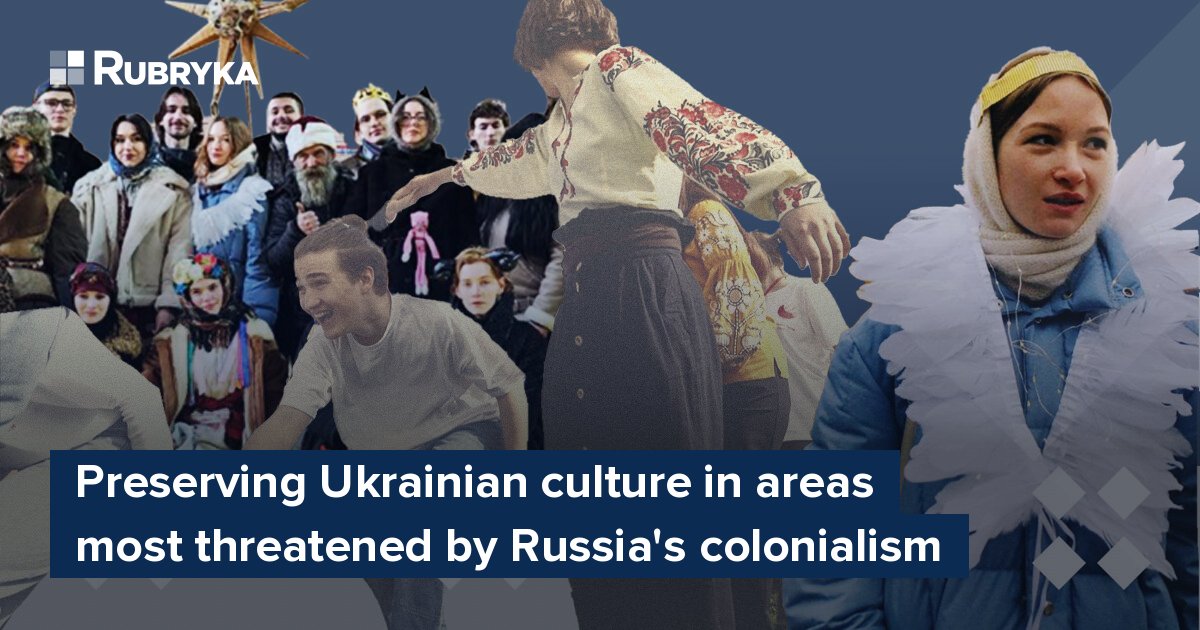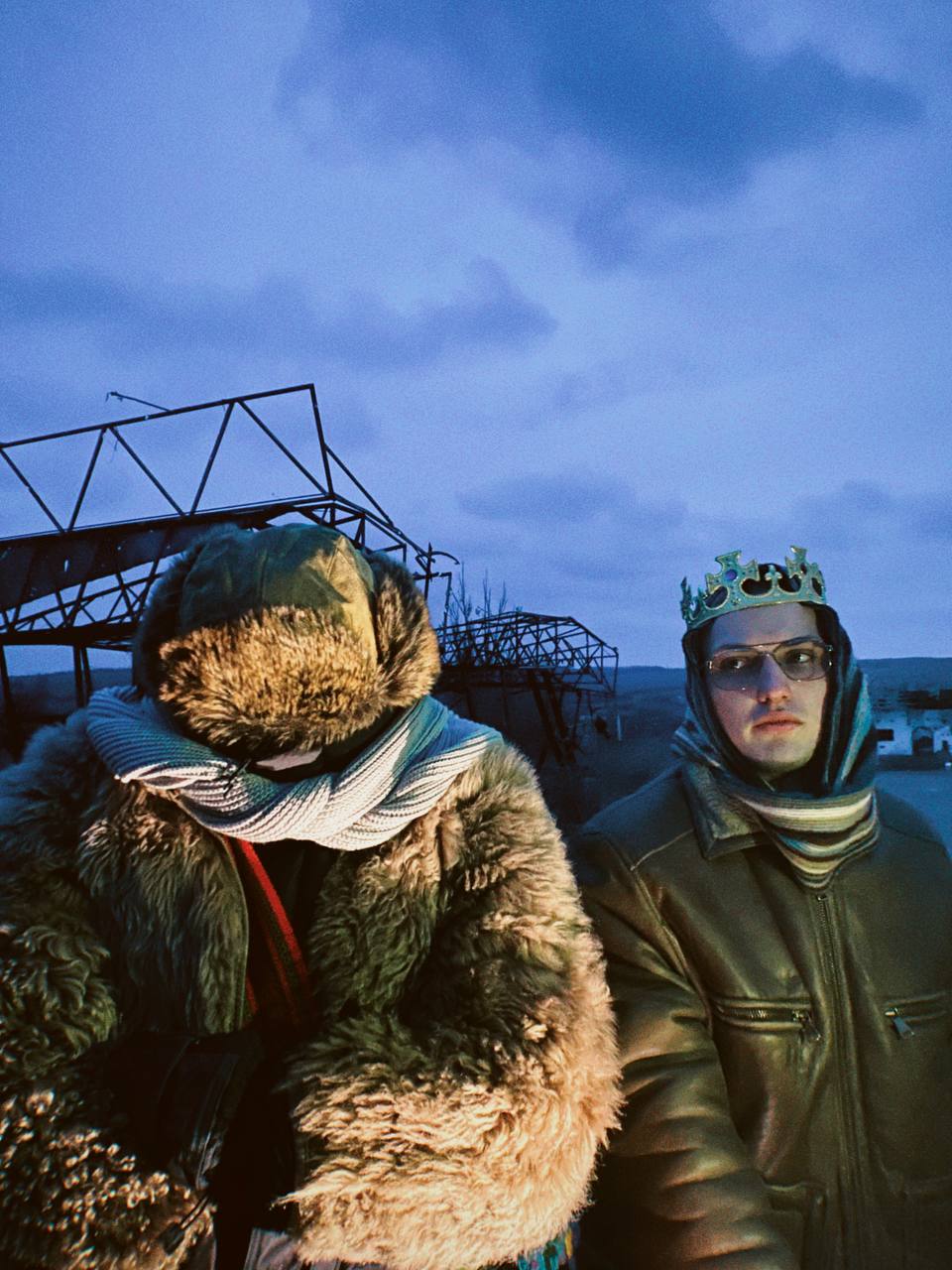
What is the problem?
Russia has been trying to destroy Ukrainian holiday traditions for years. Christmas, Easter, or any other religious holiday was considered a threat to the Soviet authorities. Instead, the Soviets imposed сelebrations of the New Year and its symbols, trying to assimilate everyone into Russian culture – but some Ukrainians still secretly continued to celebrate and preserve traditions at home. This became easier after the collapse of the Soviet Union and the restoration of Ukraine's independence, when the policy banning religion came to an end.
Despite this, in those territories of the country where the Russian government had a significant influence for a long time, Ukrainian traditions have begun gradually disappearing. Now, Russia continues its cultural expansion in the occupied territories of Ukraine, but modern Ukrainians are doing their best to bring their traditions back where they belong.
What is the solution?
The restoration of Ukrainian traditions is an integral part of Ukraine's cultural development. After all, to destroy a nation's memory means eradicating its identity.
Young people have a lot of strength and energy to spread traditions. The Nativity scene performed by students is perceived differently — people open up more and participate more actively.
How does it work?
In Ukraine's unique traditions of celebrating Christmas, groups of performers will gather to perform a theatrical play and sing carols, combining the story of the Nativity with characters from local folk traditions. "We have a huge party with carols, and because of this, the project is becoming large-scale — we want to share it," says Olesya Biront, this year's coordinator of the Holiday Together initiative.
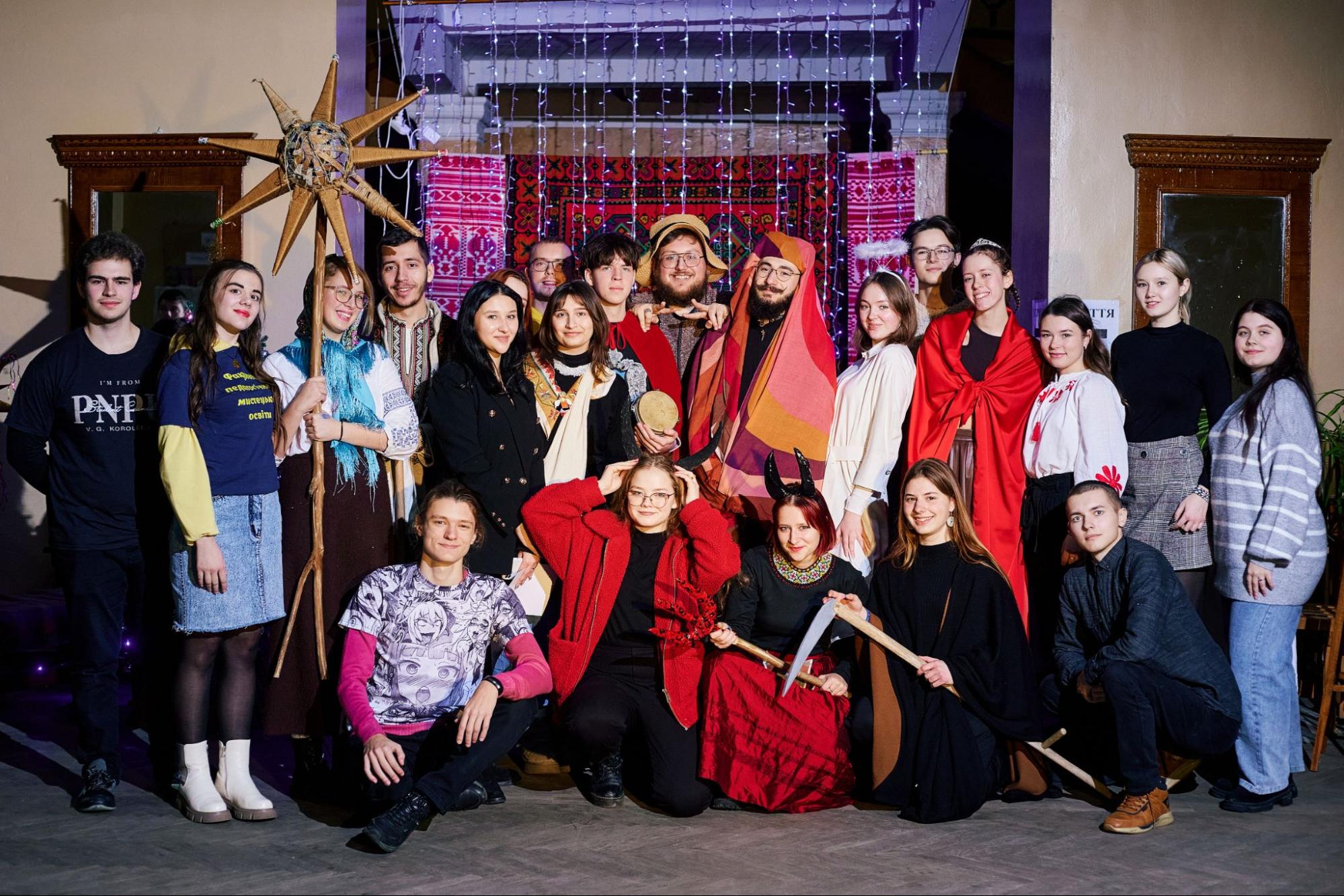
Performance of Nativity Scene at New Year's. Photo: UCU
Since its inception in 2005, the Holiday Together campaign has been an annual tradition organized by the student organization, Brotherhood of Ukrainian Catholic University, in collaboration with local parishes, particularly the Ukrainian Greek Catholic Church (UGCC) parish in Poltava, for this year's event.
The campaign involves students traveling to different cities across Ukraine during the holiday season, specifically for Christmas and Easter. In recent years, they have visited Odesa, Chernivtsi, and Zaporizhzhia – with Poltava being the chosen destination for this year.
This initiative allows university students to come together to celebrate the holidays, and engage in community-building activities for the preservation of Ukraine's traditions.
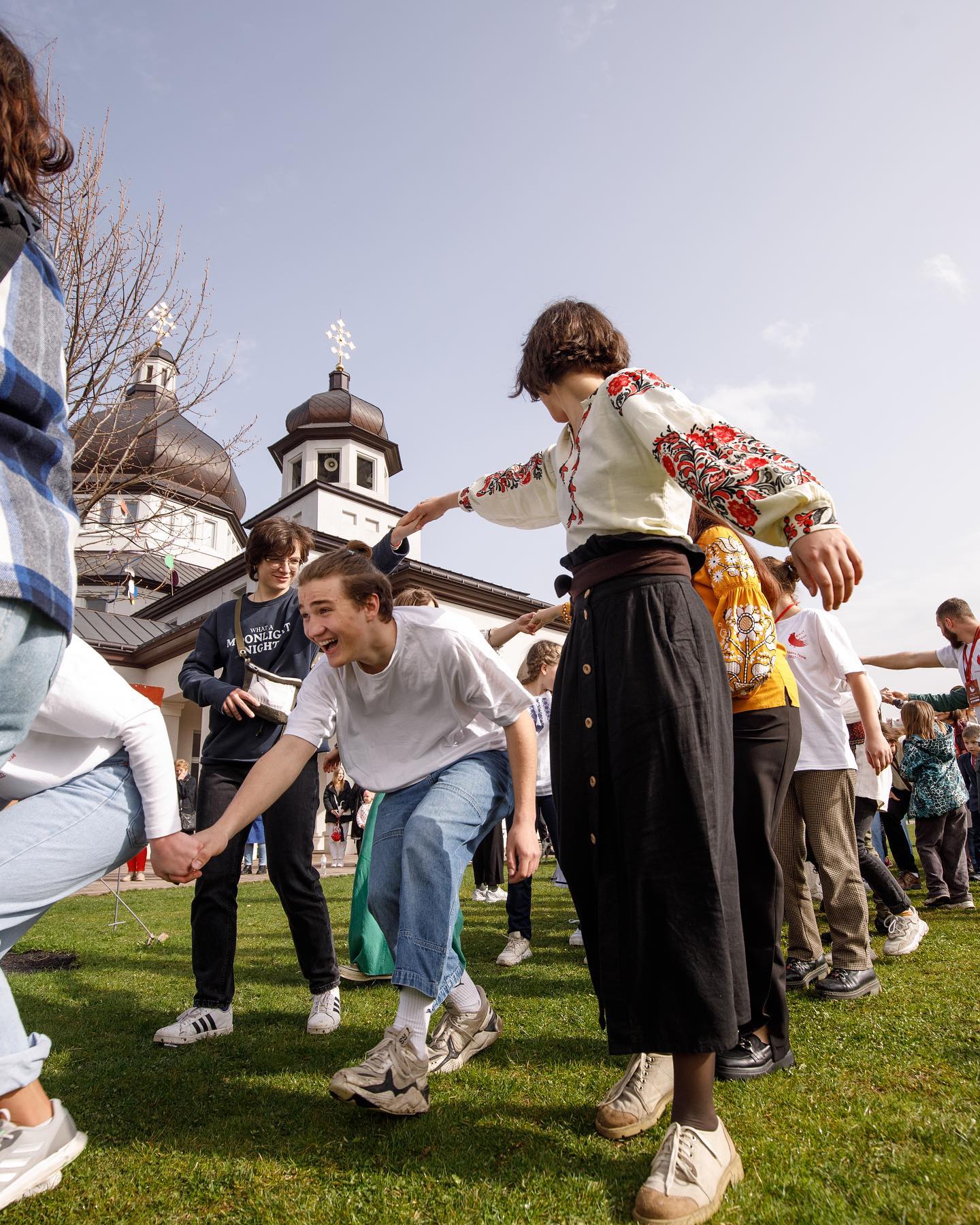
Easter celebration. Photo: UCU
The target audience of the Christmas Together project was primarily military personnel, children, and internally displaced persons. The students who made the Nativity scene were divided into two groups and visited a shelter, a children's hospital, a youth center, a bookstore, a regional library, an art gallery, a military hospital, and the UNICEF space. The children were delighted with the traditional characters, especially the charismatic antagonists Devil, Death, and Herod. They touched the scythe, pulled the Devil's tail, and asked to try it on.
Additionally, the team visited a military unit and enterprises supporting the army. Over four days, volunteers managed to collect ₴80,000 (around $2,125) and install a generator. Half of the funds were allocated to the needs of the Armed Forces of Ukraine, while the other half went to the Volunteers of the Poltava Region "4.5.0" headquarters.

The coordinator shared that the team initially felt anxious when visiting the hospital, fearing that their musical instruments might disturb the patients. However, to their surprise, the military personnel in the ward joined in singing along with them. The patients smiled, thanked the performers, and even offered to sing along with them.
Reflecting on this experience, the team advises always seeking permission before caroling and adjusting their actions accordingly based on the response received — whether to continue caroling or not.
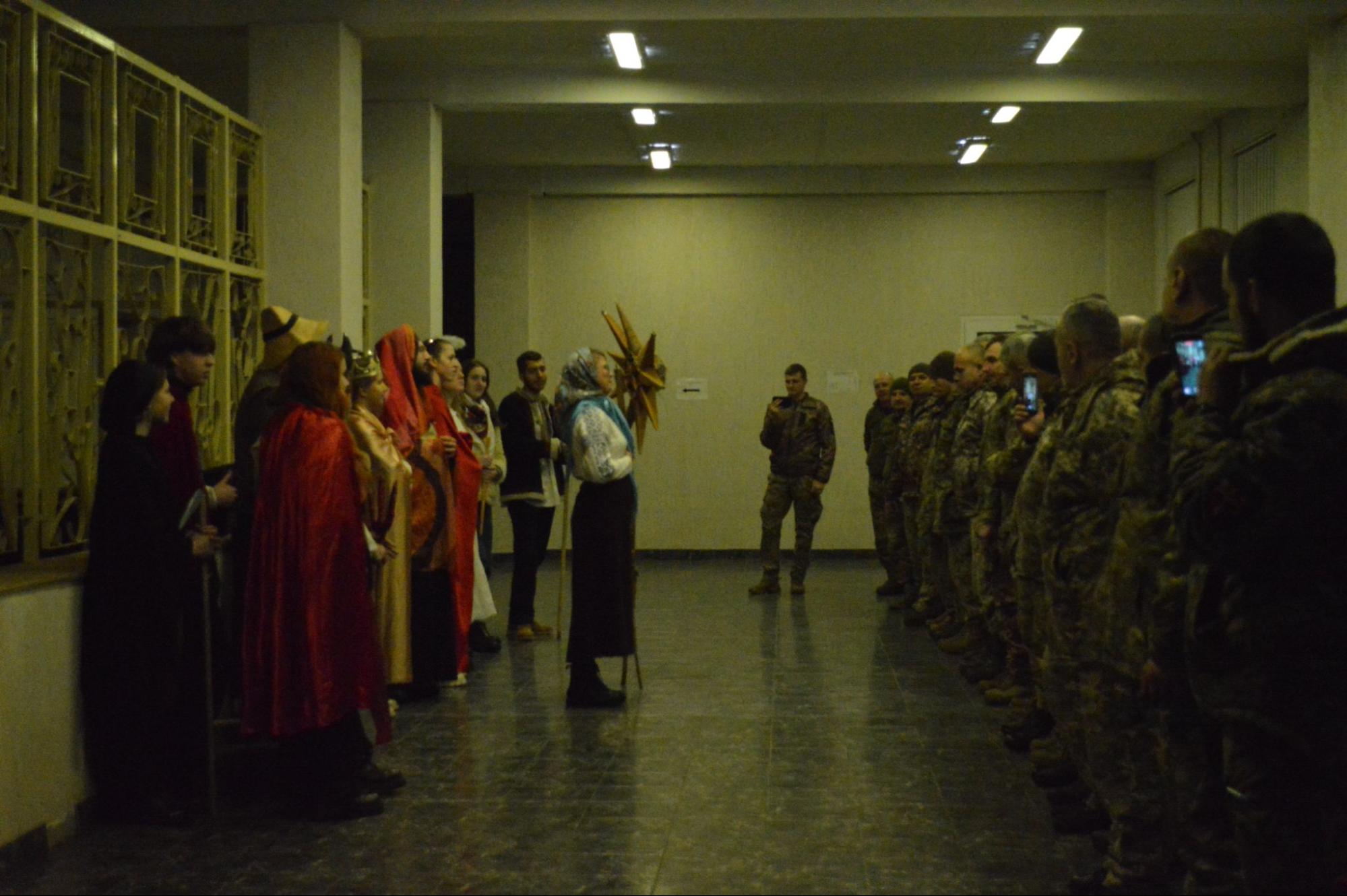
The team received a warm welcome as honored guests at the military unit. They presented a complete Nativity scene and sang carols, eliciting enthusiastic responses from everyone present who actively filmed the performance. Their farewell was delayed because the military personnel were eager for the singing to continue.
Gather the family outside its borders
The participants planned to rehearse the performance on Christmas Eve and cook dinner. People brought a lot of food: dumplings and salads. One of the activists formed a group of three who dedicated themselves to making varenyky — Ukrainian dumplings. Remarkably, they managed to craft 340 dumplings in a single evening.
Following tradition, some of the varenyky were infused with peculiar ingredients for divination purposes. For instance, a few contained peppercorns – believed to signify that the person who consumed it would soon find love or get married. Biront chuckled, "They put a lot of pepper in there! Interestingly, two of three such dumplings were eaten by the girl who cooked them."

Nativity scene in Poltava. Photo: UCU
Creating an inspiring holiday experience requires addressing organizational matters first. This involves launching a PR campaign, securing accommodation and a parish, budget allocation, and organizing meals. The coordinator emphasizes a frugal approach to expenses, often utilizing university or college dormitories or available parish spaces for lodging.
During this year's trip, volunteers collaborated with students at Poltava National Pedagogical University. They assisted in securing locations for caroling and arranged activities such as movie screenings and lectures on crafting motanka dolls, one of Ukraine's oldest cultural symbols.
Volunteers were selected based on their motivation and skills. Biront notes a significant presence of individuals with musical talents, as continuous singing was a key aspect of the project. Not all participants are religious, but they are willing to attend liturgies and engage with the parish community.
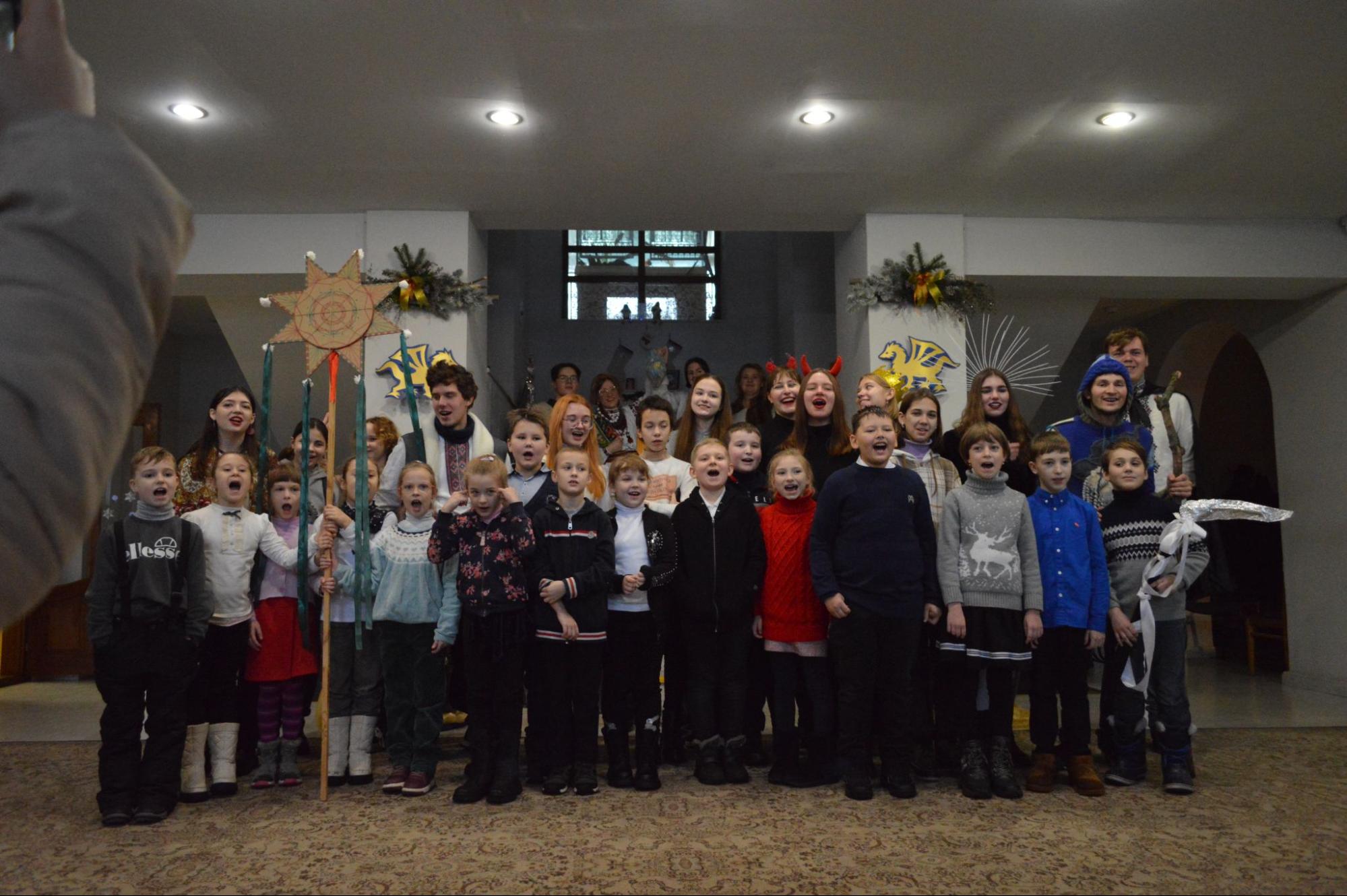
Nativity scene in the art gallery. Photo: UCU
"I really like how this holiday can be warm and spiritual with people who are not your family. For me, it's about gathering a family outside of its borders," Biront adds. She says she always celebrated with her family, so it was important to recreate this atmosphere during the project.
"The children did not understand because they were unfamiliar with such things, and older people sang along because they still remember"
"For me, the Nativity scene is about traditions and building personal relationships, both with friends and locals. You do this to feel unity with people," Roman Zubrytskyi, a participant in this year's Nativity scene, shared with Rubryka.
Zubrytskyi is from the Lviv region, and a Nativity scene for him is not a novelty: "In my childhood, the Nativity scene consisted of five characters — an angel, two shepherdesses, a Cossack, and an archer. I was a Cossack, and my brother was an archer. It was always fun."
In 2020, as a student in the Ukrainian Leadership Academy, Zubrytskyi first went with the Nativity scene to the east of Ukraine: Kharkiv, Kostyantynivka, Bakhmut. Later, he visited Mariupol, Volnovakha, Kramatorsk, Avdiivka, Kherson, and other cities. The team visited the military with a Nativity scene performance. "The war in Ukraine has been ongoing not for two years, but since 2014," Zubrytskyi says.

Nativity scene in the village of New York, the Donetsk region. Photo: Zubrytskyi's personal archive
This year, Zubrytskyi and other students went to frontline Izyum, Kramatorsk, Slovyansk, and Zaporizhzhia with two Nativity scenes, where they performed carols for parents and children in hospitals, centers for responsible parenting, and libraries. These cities, situated in Ukraine's east and south have long been affected by Russia's propaganda and influence. Therefore, bringing Ukrainian ancient traditions there is of utmost importance.
"We caroled just on the road, and some people invited us to their yards. These people don't often receive visitors," says the student.
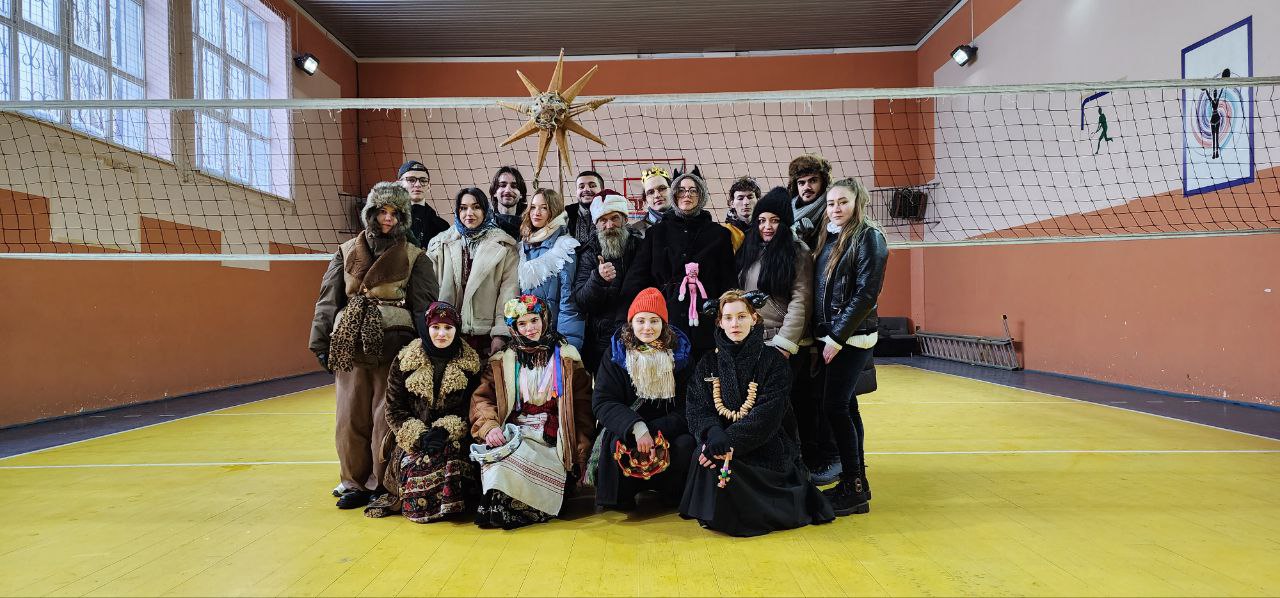
In 2023, for the first time in 100 years, Ukraine officially celebrated Christmas on December 25. This year's Nativity script was dedicated to the fact that Ukraine celebrated two Christmases this year, so Herod ordered the Devil to mix up the calendars and shouted: "Create havoc!" Some children were very emotional about the Nativity scene — it was something special for them. One girl cried after the performance, saying she wanted peace most of all. "The children did not understand because they are unfamiliar with this, and older people sang along because they still remember," Zubrytskyi recalls.
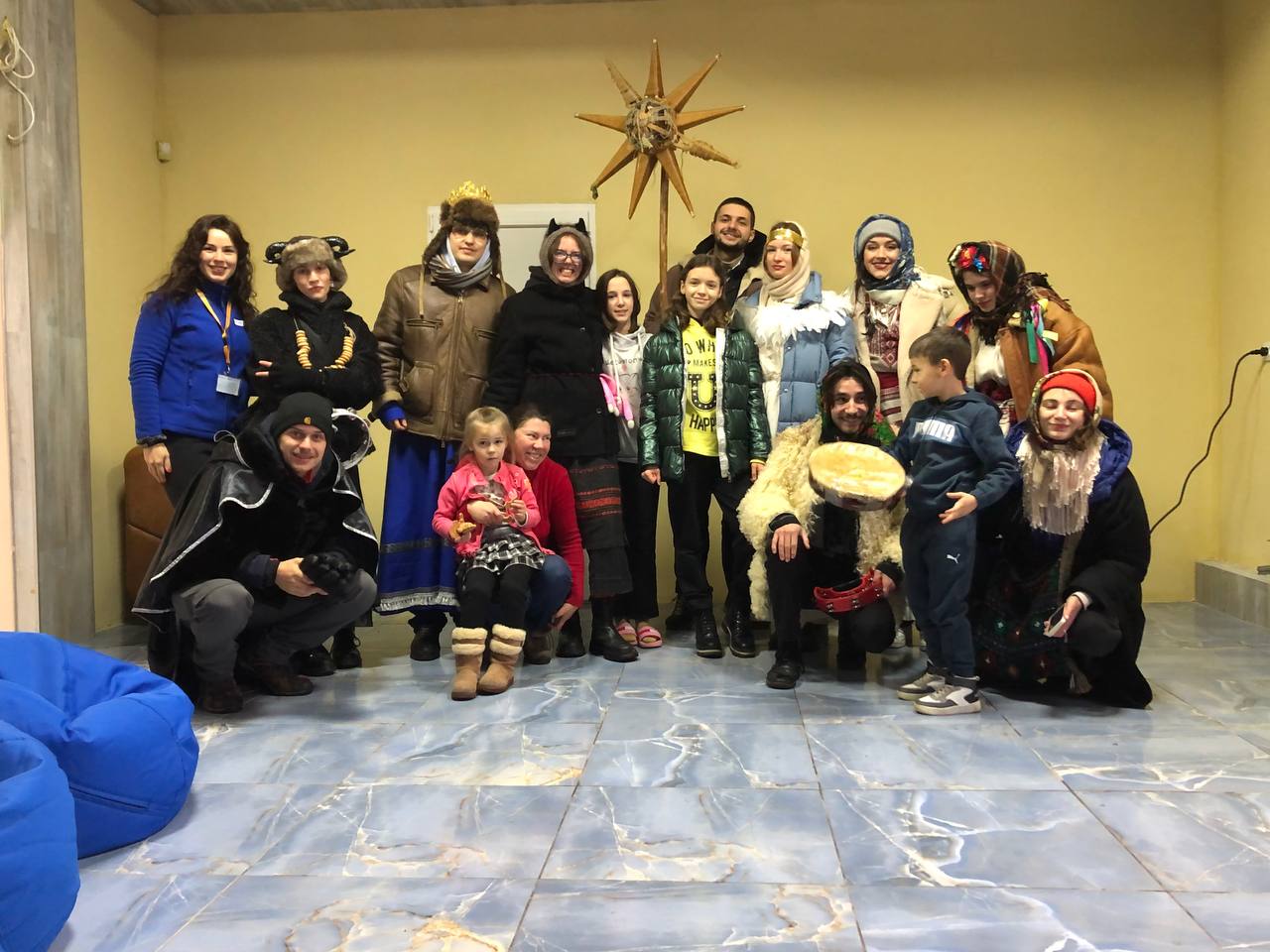
Nativity team. Photo: Zubrytskyi's personal archive
On the second day, the team realized it was worth starting the performance with a short explanation, and only then should they begin so that the audience understands the context.
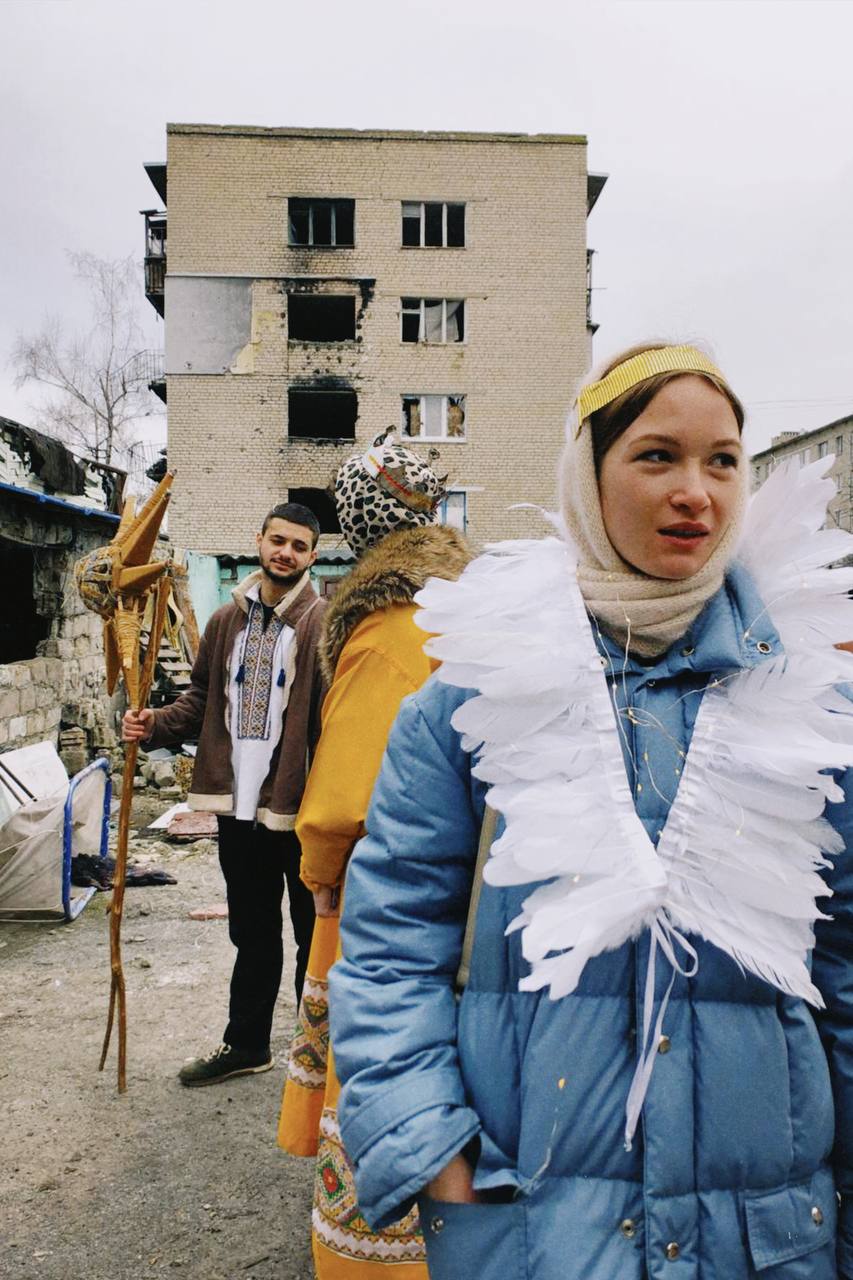
Nativity scene actors. Photo: Nataliia Shulyakova
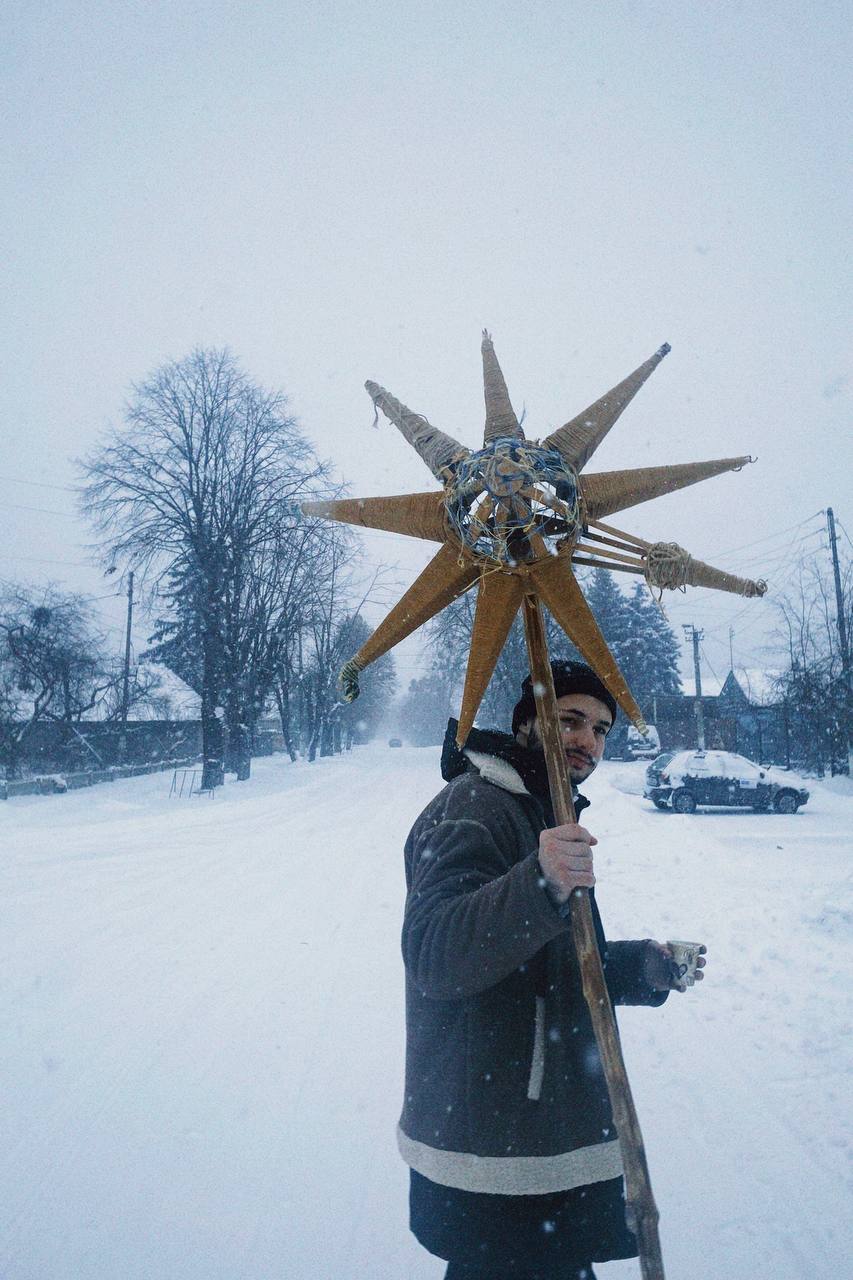
Nativity scene actors. Photo: Nataliia Shulyakova
Zubrytskyi's role, besides playing a star-bearer, consisted of fundraising for goodies. You can collect the required amount in different ways, for example, by contacting entrepreneurs. He adds that they were most worried about finances: if not for sweets, then for fuel. Fortunately, everything was enough.
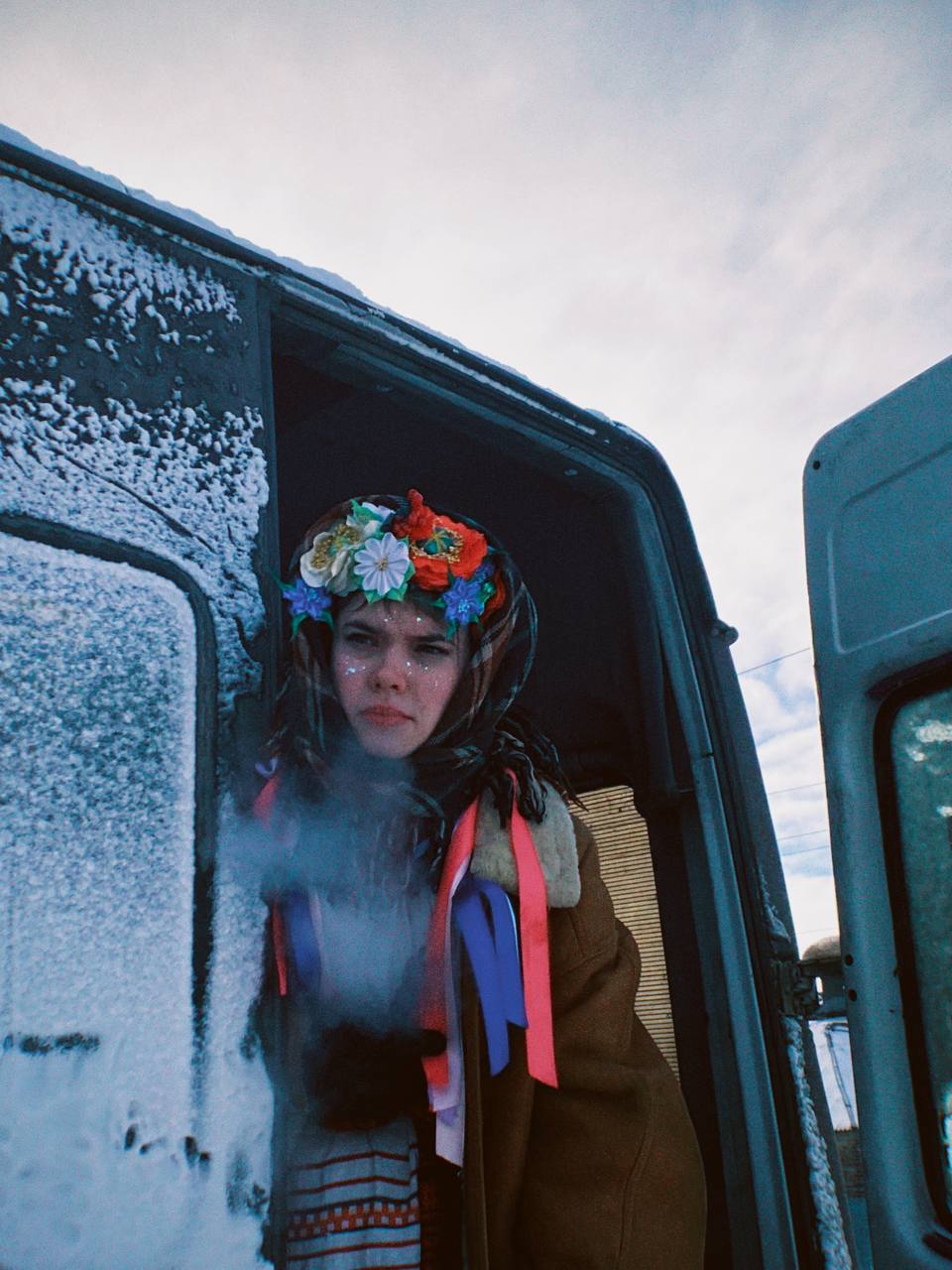
Photo: Nataliia Shulyakova
Zubrytskyi shared that they had a driver – Michael – from America. He evacuated people from the liberated territories and agreed to drive the volunteers. He has already traveled around Ukraine a bit, but when we asked what his favorite part of the country was, he answered: "Donbas is my home."

Photo: Nataliia Shulyakova
Zubrytskyi assures that he would like to continue the initiative of the Nativity scene every year. This is a tribute to the people involved in this in the past, and the most important goal is the enlightenment of Ukrainian culture.


